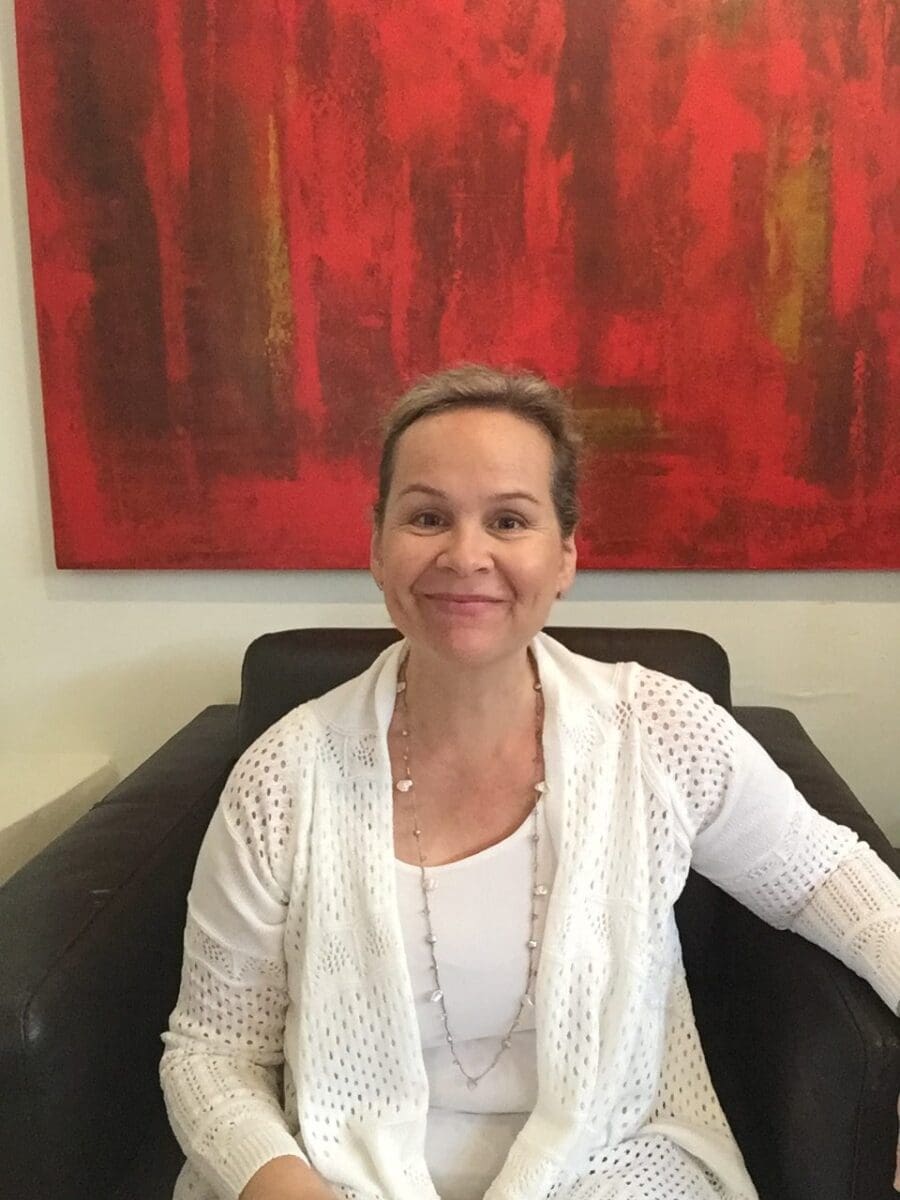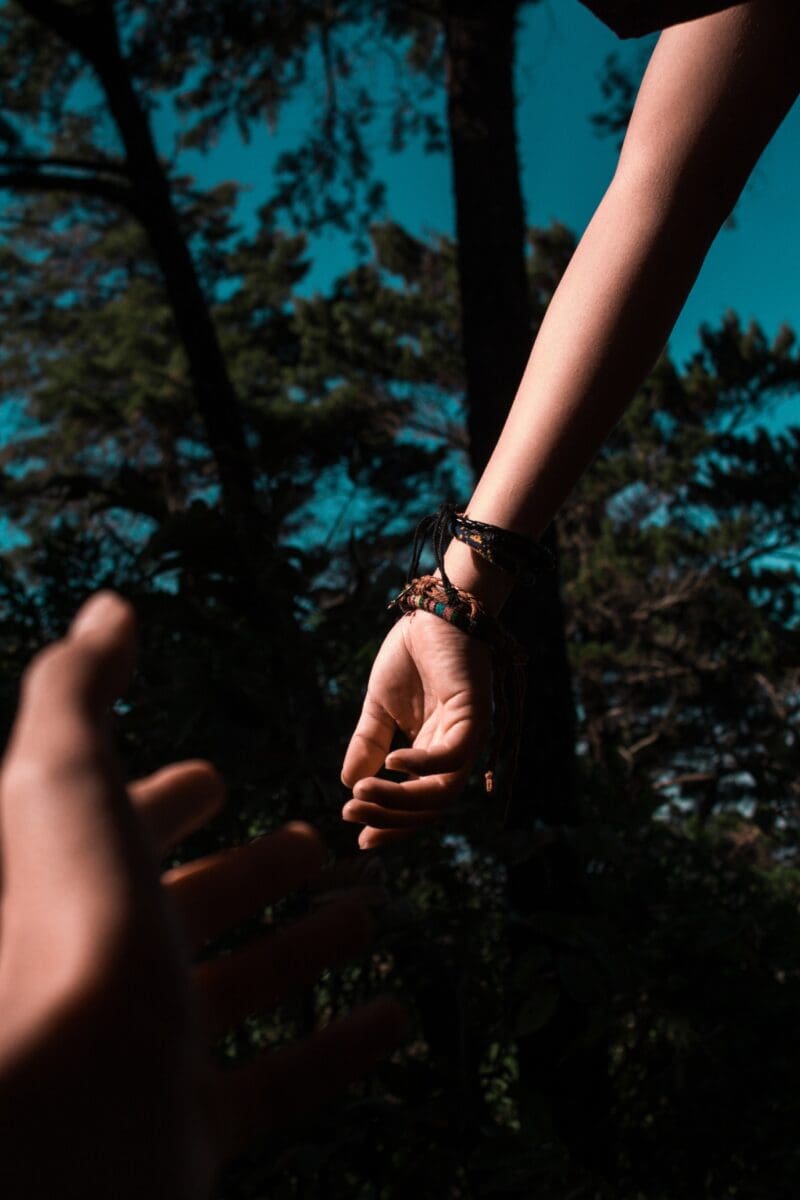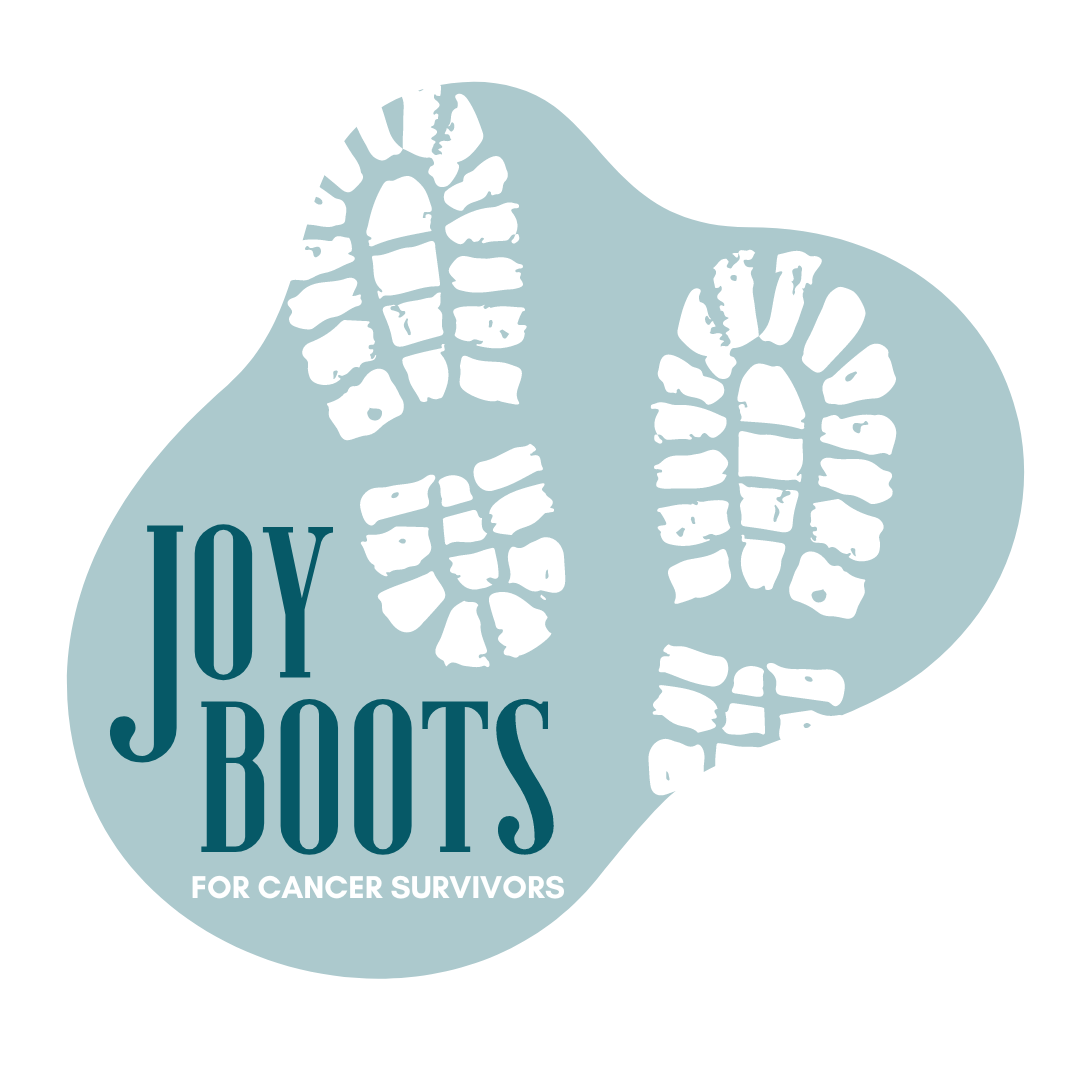Month: July 2018
Unafraid
Unafraid. It’s what cancer survivors long to feel.
What would your days and nights be like if you felt unafraid?
Unfortunately, fear of recurrence is one of the most common, distressing and least addressed side effects of having cancer.
This was the result of a recent survey I conducted of the cancer survivors in my JoyBoots community.
Think of it. For all the grueling treatments, invasive procedures, damage to the body, and let’s face it, real physical pain, psychological suffering and emotional fallout are the most distressing.
Does this surprise you?
I’ve been tracking this fear within myself for the past 10 years and seeing it in my cancer survivor clients.
Here are a few heartfelt expressions of the fear of recurrence:
How do I quiet the circular thinking of “the better I feel, the less I trust my body not to betray me again?” How do I keep perspective?
How can I feel safe in my body and in my life?
How do I get past my panic, especially in middle of night, which prevents sleep, which affects my health?
So what can help people “live well with uncertainty?”
In my experience, living well with uncertainty means pulling yourself back into this present moment and appreciating the NOW. And it also lies in surrendering the notion that you can control the future. The future will be here soon enough – what you have now is this moment. What are you going to do with it?
Living well also means rebuilding your physical and emotional energy. Being motivated to stay in the game.
And I believe there is an emotional cure in company. Company who listen, understand, and join you when you are in a dark place, so you don’t feel so alone with the universal fear of mortality that cancer brings into sharp focus. In fact, in company, you may temporarily experience that feeling you long for of being Unafraid.
Hope Gives us a Nudge
Gravity and sadness yank us down,
and hope gives us a nudge to help one another get back up
or to sit with the fallen on the ground,
in the abyss,
in solidarity.
Anne Lamott
Trauma and Recovery in the Cancer Experience
https://bcrc.org/trauma-and-recovery-in-the-cancer-experience/
Wounded Amazon
Hundreds of blood red spikes poke out of the white marble head and chest of a statue of a woman. This replica of a Roman statue, a “wounded amazon,” sits in a public art space on the street in NYC.
The placement of the spikes is no accident. They are arranged precisely where women who have had breast cancer surgery are cut and feel residual sensation, discomfort, and pain.
Even as I sit in the cool library and type these words, I can feel sensation a few inches to the right of my left shoulder blade, old discomfort from the left breast mastectomy I had 10 years ago.
The sculpture of the woman is enormous. The pain I see in her eyes is haunting. And so familiar, from looking into the faces of women I work with and from looking in the mirror at myself.
People are walking around the statue, many without a second look. Some glance her way, recognizing something unusual, but it’s hot outside and they are busy. Couples hold hands and laugh. The taxi driver has pulled his van over and parked right in front of her, waiting impatiently for the group he is collecting to come outside.
Her pain is enormous and she is in plain sight, yet the world swirls and moves forward without her. Her agony is her own.
This piece of art was created by artist Prune Nourry, age 33, who recently underwent treatment for breast cancer. It is called The Amazon and is modeled after the life sized marble statue of a wounded amazon at the Metropolitan Museum of Art. Nourry referred to it as a “catharsis sculpture.” She decided to extend the timeline of the project recognizing that “healing is a long process.”
—————–
The definition of catharsis is “the process of releasing, and thereby providing relief from, strong or repressed emotions.”
Identifying and then expressing the thoughts, emotions and sensations you feel are also the first steps in emotional recovery from the trauma of having cancer.
So why is it so hard to acknowledge the impact that cancer has had on you?
There’s pain, both physical and emotional that you are trying to avoid by pretending it doesn’t exist. And then there’s shame at having pain, at not bouncing back more quickly, at needing time to recover, instead of being an invincible warrior.
But even the Amazon warrior, as this piece demonstrates, can be wounded. And even she needs to be seen, understood, and given time to heal.





